The enchanting craft of Beibei glass: A timeless tradition of artistry and innovation
2024-11-22 14:07:54
CHONGQING (CQNEWS) -- The soft light filters through intricately engraved glass, casting a crystal-clear glow that exudes an irresistible charm. This is the exquisite art of Beibei glassware forming and engraving, a masterpiece of Chongqing’s intangible cultural heritage. Recently, this centuries-old tradition garnered renewed attention when it was featured in the second season of CCTV’s Intangible Cultural Heritage in China.

"In the South, we have Beibei in Chongqing; in the North, there is Shengdao in Dalian," goes the saying in China’s glass industry. This phrase pays tribute to the leading figures in China’s daily-use glass industry, with "Chongqing’s Beibei" standing out as a hallmark of glass craftsmanship. Beibei glassware, particularly renowned for its delicate glass engraving, transforms an ordinary piece of glass into a living work of art through its intricate, hand-carved patterns.
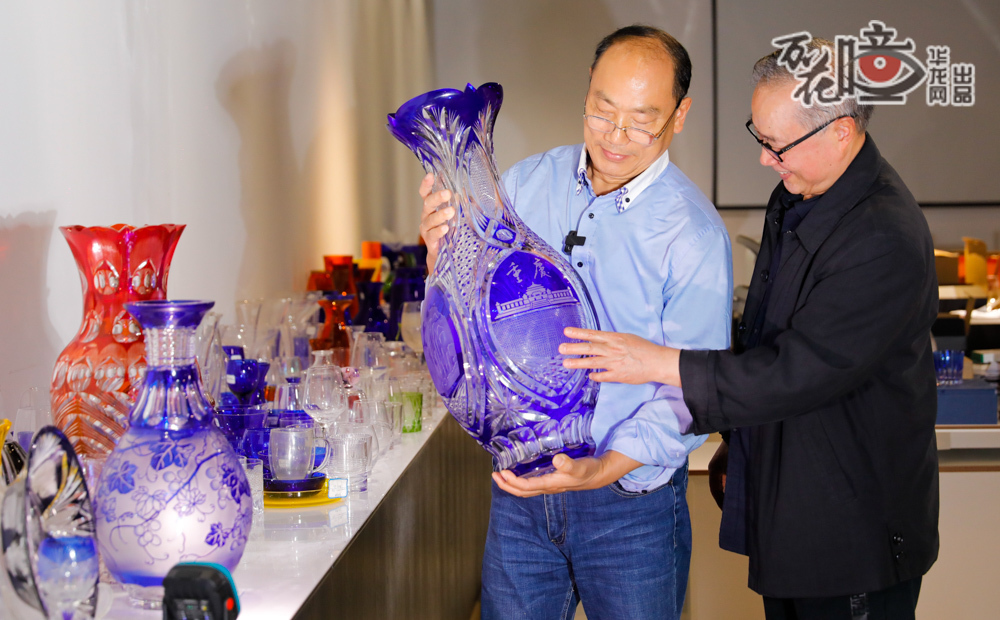
The history of Beibei glassware engraving dates back to the Guangxu period of the Qing Dynasty (around 1906 AD). Over generations, skilled artisans have continuously refined their techniques, shaping a unique artistic tradition celebrated for both its visual beauty and artistic value. In 1951, the Beibei Glassware Factory was established, and for decades, "Beibei Glass" became a cornerstone of China’s national glass-forming and engraving industry. At its height, the factory employed over 2,000 workers, including 200 master engravers.
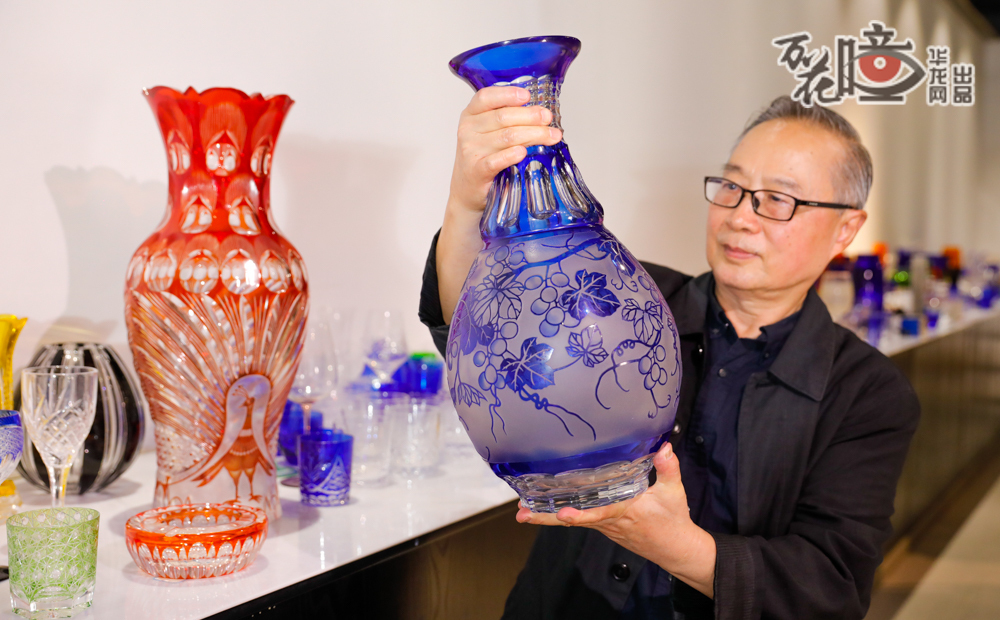
Among the most prominent living inheritors of this tradition is 76-year-old Zheng Yequan, a municipal-level representative for the Beibei glassware forming and engraving process and a respected master of arts and crafts in Chongqing. As a young apprentice at the Beibei Glassware Factory, Zheng studied under the guidance of older artisans, dedicating himself to perfecting his craft and developing a distinctive design style. His work is a testament to decades of learning, innovation, and dedication.
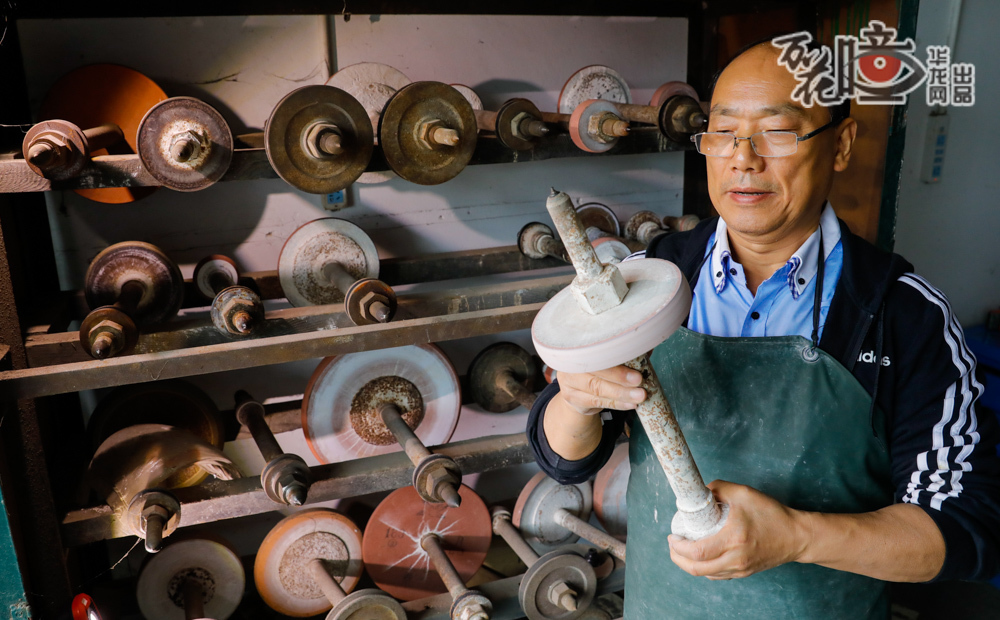
Zheng’s apprentice, Sun Zhengyong, now carries the torch of this tradition. As a representative inheritor of the Beibei glassware engraving technique in Beibei, Chongqing, Sun has spent decades perfecting his craft. Engraving a glass piece is a labor-intensive and time-consuming process. To achieve the perfect design, Sun carefully selects the right size from dozens of grinding wheels, preparing the glass for the delicate engraved work ahead.

"Zizizi!" The sound of the grinding wheel fills the workshop as a once-plain glass cup begins to reveal its intricate, multicolored, and textured patterns, transforming into a work of art. Sun explains that the Beibei glassware engraving process emphasizes the artist’s ability to recreate life within the glass, with the combination of coarse and fine sandpaper wheels adding depth and complexity to the final product.
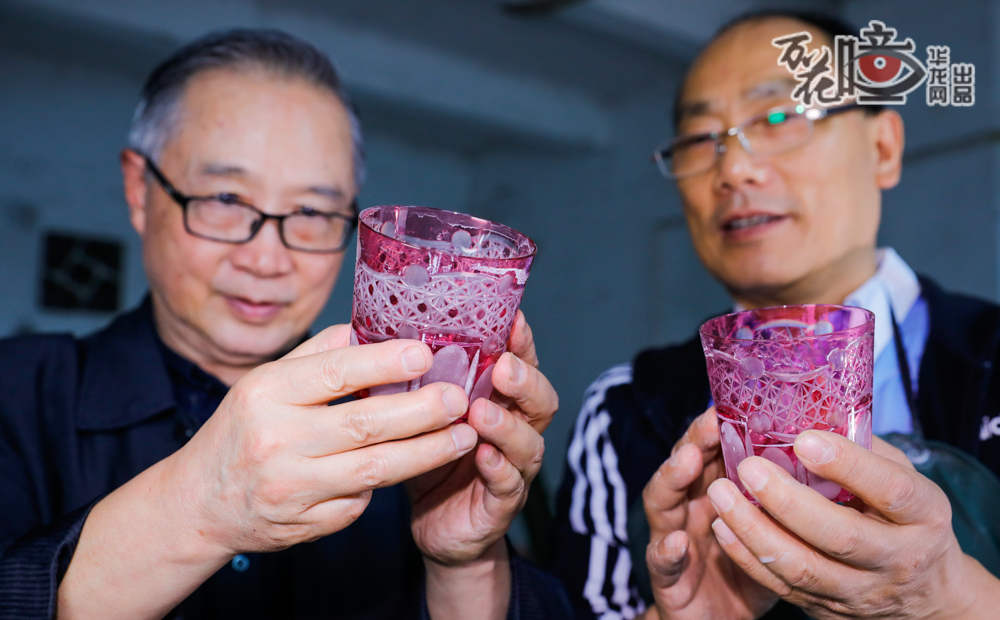
The creation of cased glass involves covering transparent glass with a 0.5-1mm thick layer of color. The process of engraving such pieces requires precision: the angle at which the wheel meets the glass surface and the pressure applied are critical. Even a slight deviation can ruin the final effect, altering how the light passes through the glass and diminishing its aesthetic value. Mastering this delicate balance takes years of practice.
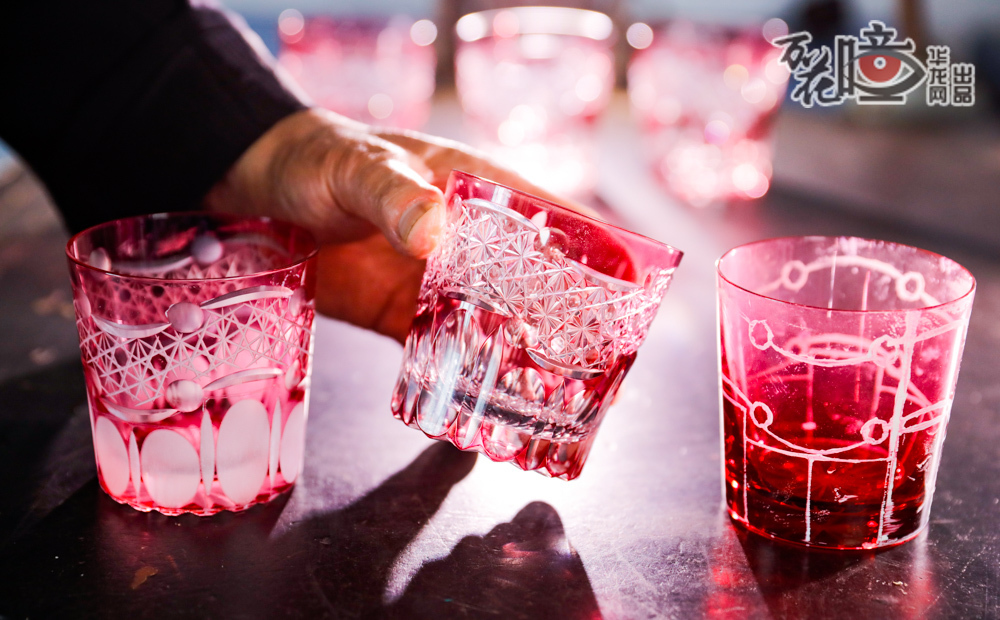
Engraving a single piece is a meticulous task. A skilled artisan like Sun Zhengyong can engrave no more than five or six pieces a day, as each piece demands hours of careful attention. The glassware’s value is not just reflected in its artistic appeal but also in the effort and skill required to create it. A single piece can cost hundreds of yuan on the market.
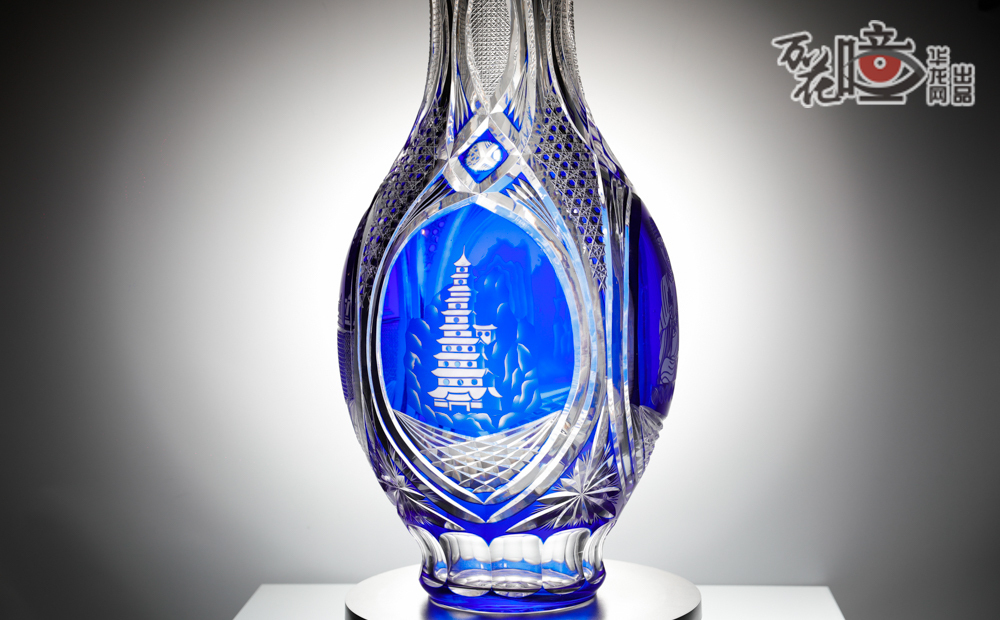
Beyond artistic skills, glass engraving also demands stamina and physical strength. Some pieces, such as vases, can weigh more than ten jin. The process of picking up and polishing the glass involves repetitive motions - lifting, lowering, and rotating the piece. The artist will often repeat this process hundreds of times over several days, sometimes taking up to 15 days to complete a single, finely detailed piece.

Once the engraving is complete, polishing follows, which smooths out any imperfections from the carving process. The polished piece is then washed and exposed to sunlight, revealing its crystal-like luster. These beautiful works are not only cherished as household decorations but have also graced international stages as prestigious gifts of national significance.
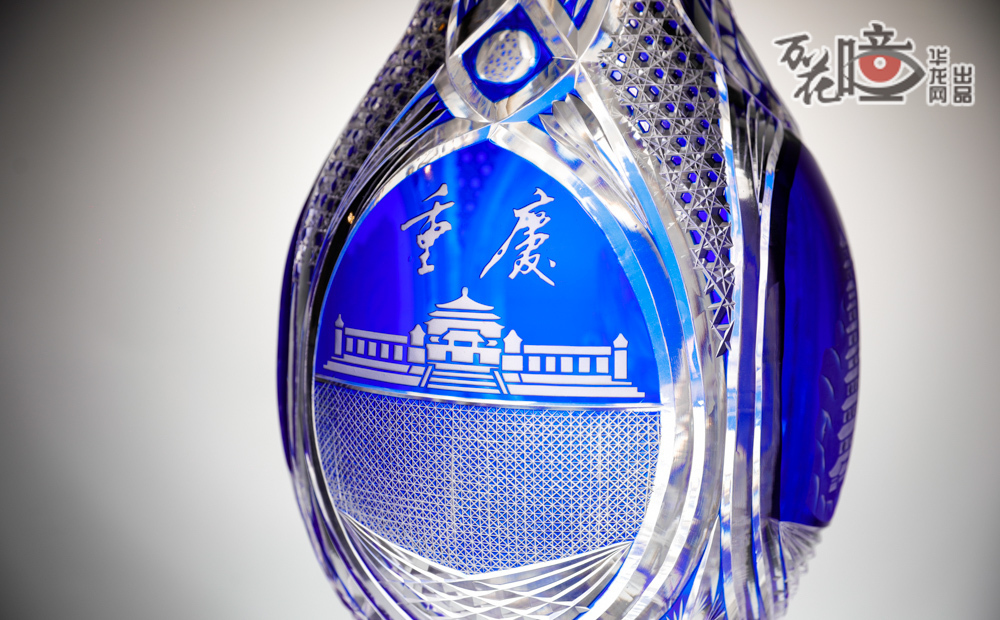
One remarkable example of this artistry is the 60-centimeter-tall vase titled "Chongqing Scenery", which took artisans 20 days to complete. The vase depicts iconic Chongqing landmarks, including Shibaozhai, Kuimen, the Dazu Rock Carvings, and the Chongqing People's Auditorium, all of which are intricately etched into the surface. The most challenging aspect of this work was ensuring the engraving lines were even throughout the design. Any inconsistency could have compromised the overall effect, highlighting the precision required for such a task.

However, in 2013, the Beibei Glassware Factory ceased production, placing the future of this centuries-old craft in jeopardy. Yet, despite this setback, the dedication of artisans like Zheng Yequan and Sun Zhengyong has ensured its continued legacy. Today, they have come together to form Chongqing Xingbeisheng Arts and Crafts Co., Ltd., where they continue to pass on the secrets of the Beibei glass engraving technique to the next generation.
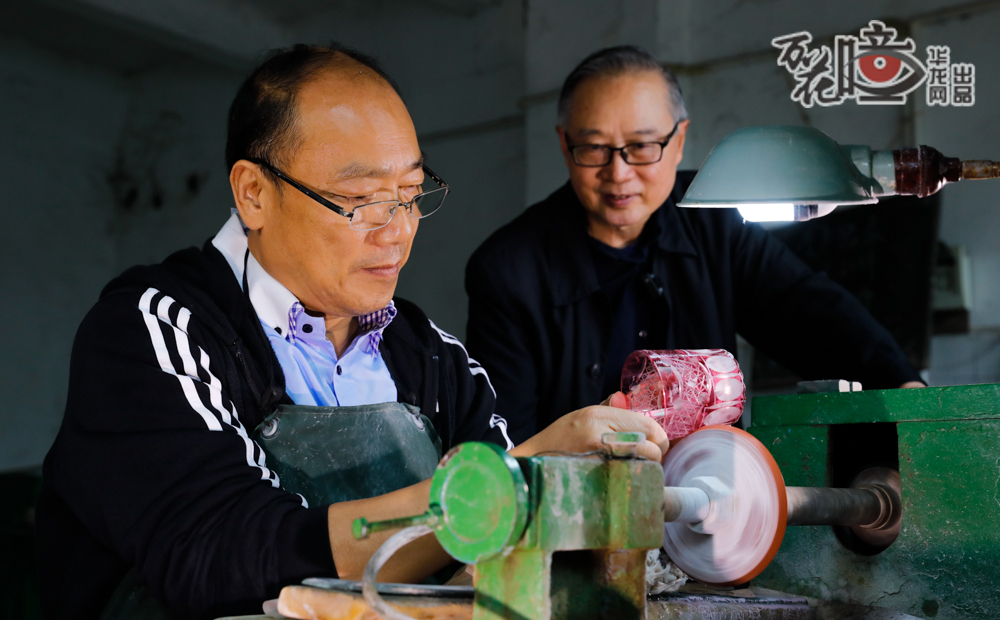
Under their skilled hands, brilliant new works of art are born. Although the old factory has disappeared, the memories and glory of the Beibei Glass era live on. As long as there are artisans dedicated to this craft, the art of glassware engraving will continue to flourish, and its "flowers" will never fade. (Translated by Yuki, Fathom Language Limited)
Editor:江夷玮
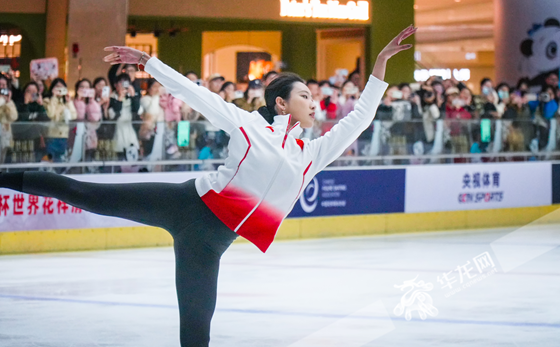
 手机阅读分享话题
手机阅读分享话题